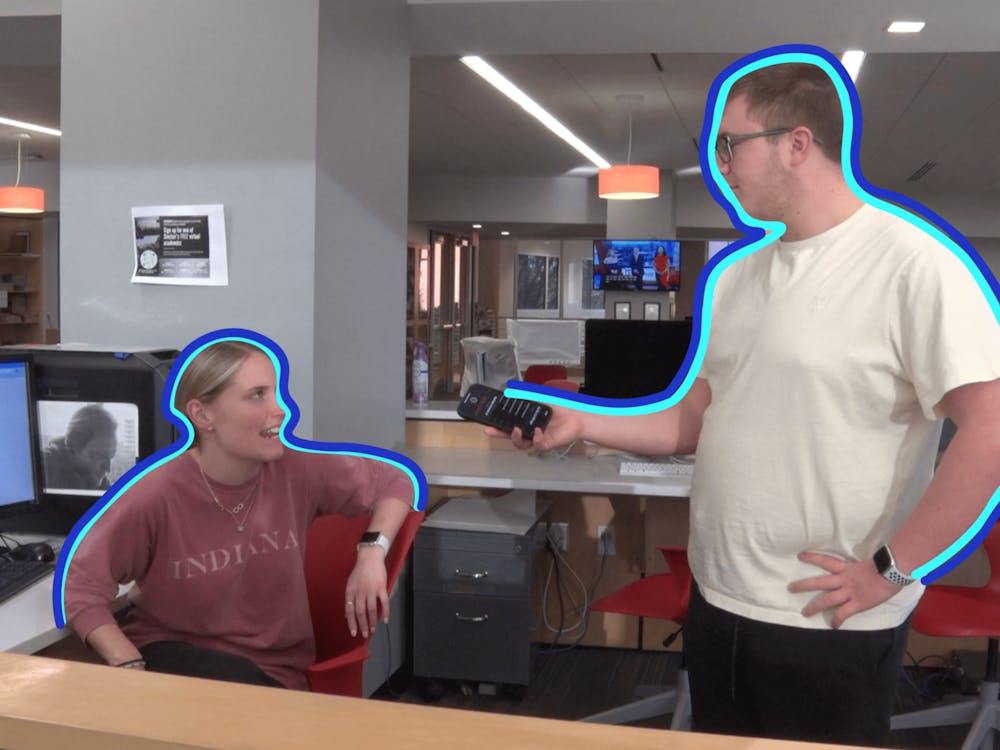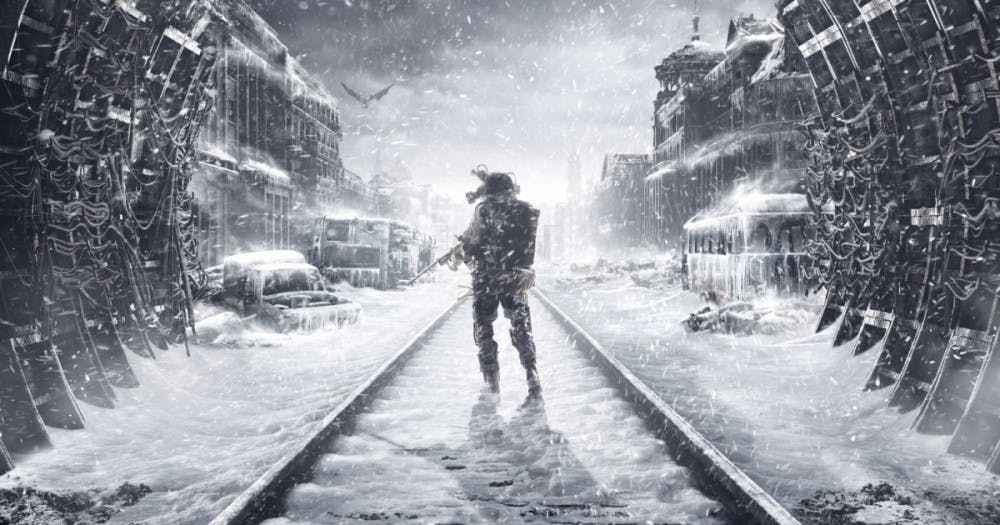Disclaimer: This review is of the Xbox One version of the game. This review may contain spoilers for the previous Metro games.
Back in 2010, the developers of the cult hit S.T.A.L.K.E.R.: Shadow of Chernobyl released Metro 2033, a first-person survival horror game based on the novel by Russian author Dmitry Glukhovsky. It took place in the ruins of Moscow after a nuclear war, where the survivors live in the underground metro tunnels. It followed Artyom, a young man who must save his home from the forces that threaten it. While criticized for its poor technical aspects in bugs and graphical issues, it received praise for its engaging plot and its horror elements, namely its claustrophobic and oppressive atmosphere. The game gained a devoted fanbase, and a sequel — Metro: Last Light, followed in 2013. Now, 4A Games takes Metro out of the tunnels and into the open world with Metro Exodus.
Engaging characters and a devastated world to explore.

Image from Steam
Taking place after the Battle of D6 in Metro: Last Light, the game follows a disillusioned Artyom, who has left the Spartan order. He is now obsessed with finding survivors outside of the metro system, despite the endeavor being seemingly fruitless. However, upon finding a working train outside of the metro system, Artyom discovers that there really is life outside of the metro, which has been covered up as part of a conspiracy. Then having to flee the metro, Artyom, his wife Anna, and the rest of the Spartan Order hijack a train called the Aurora and set out to find more survivors, as well as a new home.
One of the strengths of the story is its characters. While Artyom is silent throughout the game — outside of loading screen narration — his interactions with the other characters, which include Anna, Colonel Miller, and the members of the Spartan Rangers are really interesting to listen to and watch. They are fleshed-out characters with their own quirks and personalities. Even when the player leaves a room where two characters are conversing, the conversation will continue on in the background. This feels organic, rather than feeling like standard NPC dialogue.

Image from Steam
Another strength from the beginning is the world of Post-Apocalyptic Russia. The environments in the previous games were uncomfortably claustrophobic, with the city portions capturing the hollow feeling of the wrecked ruins. The metro portions of Exodus capture these previous feelings and add new ones with their varied environments, while the Volga section of the game is a wet and muddy marshland, capturing the miserable and bleak feeling that the environment exudes. They look like they wouldn’t be out of place in S.T.A.L.K.E.R. In contrast, the Caspian area of the game takes place in the dried-up sea, which is now a hot, arid, and dusty desert. With the beached ships and the makeshift vehicles running about, it feels straight out of Mad Max: Fury Road. These environments are both beautiful to look at and fun to explore.
However, something that drags the game down would have to be the pacing at the beginning of it. The metro portion of the game feels like it takes forever to get through. This not only includes Artyom exploring the ruins of Moscow, but him going out on another expedition and getting captured by the Hansa faction. While it does eventually get to Artyom and company hijacking the Aurora, it feels like should have come much sooner.
Tense, exhilarating gameplay

Image from Steam
Returning from the previous games is Metro’s scavenging-based gameplay. Players must explore to find ammunition and consumables such as medkits and gas mask filters to use in the field. However, Metro Exodus has traded in the military grade bullet economy of the previous games for a new crafting system. Artyom can gather both scrap metal and chemicals to craft resources like the aforementioned med kits and gas mask filters. This can be done through either a backpack (which holds Artyom’s inventory) or workbenches found throughout the world. One can even use the gathered material to create ammunition at workbenches or use the chemicals to maintain the guns. This leads to a lot of resource management, where one must figure out what to create with their limited material. It adds to the tense feeling of the combat since every bullet counts.
Another great aspect of the gameplay is the weapon customization. Various weapon attachments can be found out in the world, whether it’s various sights, different magazines, or assorted gun stocks. It can turn a simple revolver into a mid-range sniper rifle with the right parts. The weapons can be quickly customized by using the backpack, letting one create any weapon for any situation.

Images: Steam
Featured Image: Metro Exodus
For more entertainment related content, visit us at Byte BSU!




















